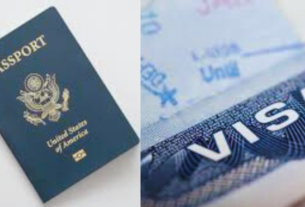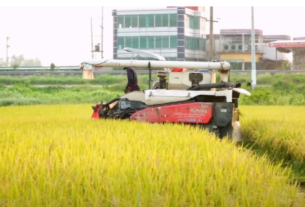Canada visa can seem like a complex task, but with the right information and preparation, it can be a straightforward process.
, from understanding the different types of visas to submitting your application.
- Understanding the Types of Canada Visa Process
- Before you begin your application, it’s essential to understand which type of visa you need. Canada offers several types of visas, each catering to different needs:
- Visitor Visa (Temporary Resident Visa – TRV): This visa is for those who wish to visit Canada for tourism, family visits, or business. It is a short-term visa valid for up to six months.
- Study Permit: If you plan to study at a designated learning institution in Canada, you’ll need a study permit. This permit is generally valid for the duration of your studies.
- Work Permit: This visa is for individuals who have secured a job offer from a Canadian employer. There are various types of work permits, including those for temporary workers and those under the International Mobility Program.
- Permanent Residency (PR): If you intend to live in Canada permanently, you’ll need to apply for permanent residency. The main pathways include Express Entry, Provincial Nominee Programs (PNPs), and family sponsorship.
- Canadian Citizenship: While not a visa, it’s worth noting that if you plan to live in Canada long-term, you may eventually apply for Canadian citizenship.
- Preparing Your Application Canada Visa Process
Once you have identified the type of visa you need, it’s time to gather the required documents and information:
- Determine Eligibility: Each visa type has specific eligibility requirements. For instance, visitor visas generally require proof of financial stability, while study permits require a letter of acceptance from a Canadian educational institution.
- Gather Required Documents: Common documents include:
– Valid passport
– Recent passport-sized photographs
– Proof of financial support
– Medical exam results (if applicable)
– Police clearance certificate (if applicable)
– Application forms
- Proof of Purpose: For visitor visas, this includes an itinerary, invitation letter from a Canadian host, or proof of ties to your home country. For study permits, you’ll need your acceptance letter from a Canadian institution.
- Pay Fees: Application fees vary depending on the visa type. Ensure you pay the correct fee and keep the receipt as proof of payment.
- Application Process Canada Visa Process
With your documents ready, you can now proceed with the application process:
- Online vs. Paper Application: You can apply online through the Immigration, Refugees, and Citizenship Canada (IRCC) website or submit a paper application. Online applications are typically faster and offer more convenient tracking options.
- Create an Account: For online applications, you need to create an account on the IRCC website. This account will allow you to fill out forms, upload documents, and track your application status.
- Complete the Application Form: Fill out the required forms carefully. Ensure all information is accurate and complete. Mistakes or omissions can lead to delays or refusals.
- Submit Documents: Upload scanne copie of your documents if applying online. For paper applications, send all required documents to the appropriate address provided in the application guide.
- Biometrics: Depending on your nationality and visa type, you may be required to provide biometrics (fingerprints and photograph). You’ll receive a biometrics instruction letter if this applies to you.
- Attend an Interview (if required): Some visa types or specific cases might require an interview at a Canadian embassy or consulate. If asked, attend the interview on time and provide any additional information requested.
- After Submission Canada Visa Process
Once you have submitted your application, here’s what to expect:
- Application Processing Time: Processing times vary based on the type of visa, your nationality, and the volume of applications. Check the current process time on the IRCC) website.
- Track Your Application: If you applied online, you can track your application status through your IRCC account.
- Additional Information Requests: The Canadian authorities may request additional information or documents.
- Preparing for Arrival Canada Visa Process
Once you receive your visa, it’s time to prepare for your arrival in Canada:
- Review Visa Conditions: Ensure you understand the conditions attached to your visa, such as the duration of stay and any restrictions.
- Plan Your Arrival: Make travel arrangements and ensure you have all necessary documents ready for presentation upon arrival in Canada.
- Entry into Canada: At the port of entry, present your visa and any additional required documents to Canadian border services. They may ask questions about your stay and purpose of visit.
- Health and Safety Regulations: Stay informed about any health and safety regulations or travel advisories that may affect your entry into Canada.
- Settle In: Once you arrive, follow the necessary procedures to settle in, whether it’s enrolling in school, starting work, or simply enjoying your visit.
Conclusion
Processing a Canada visa involves careful planning and adherence to guidelines. By understanding the types of visas available, preparing your documents meticulously, and following the application procedures diligently, you can enhance your chances of a successful application. Whether you’re visiting, studying, working, or planning to move permanently, this guide provides a roadmap to navigate the Canadian visa process effectively.




